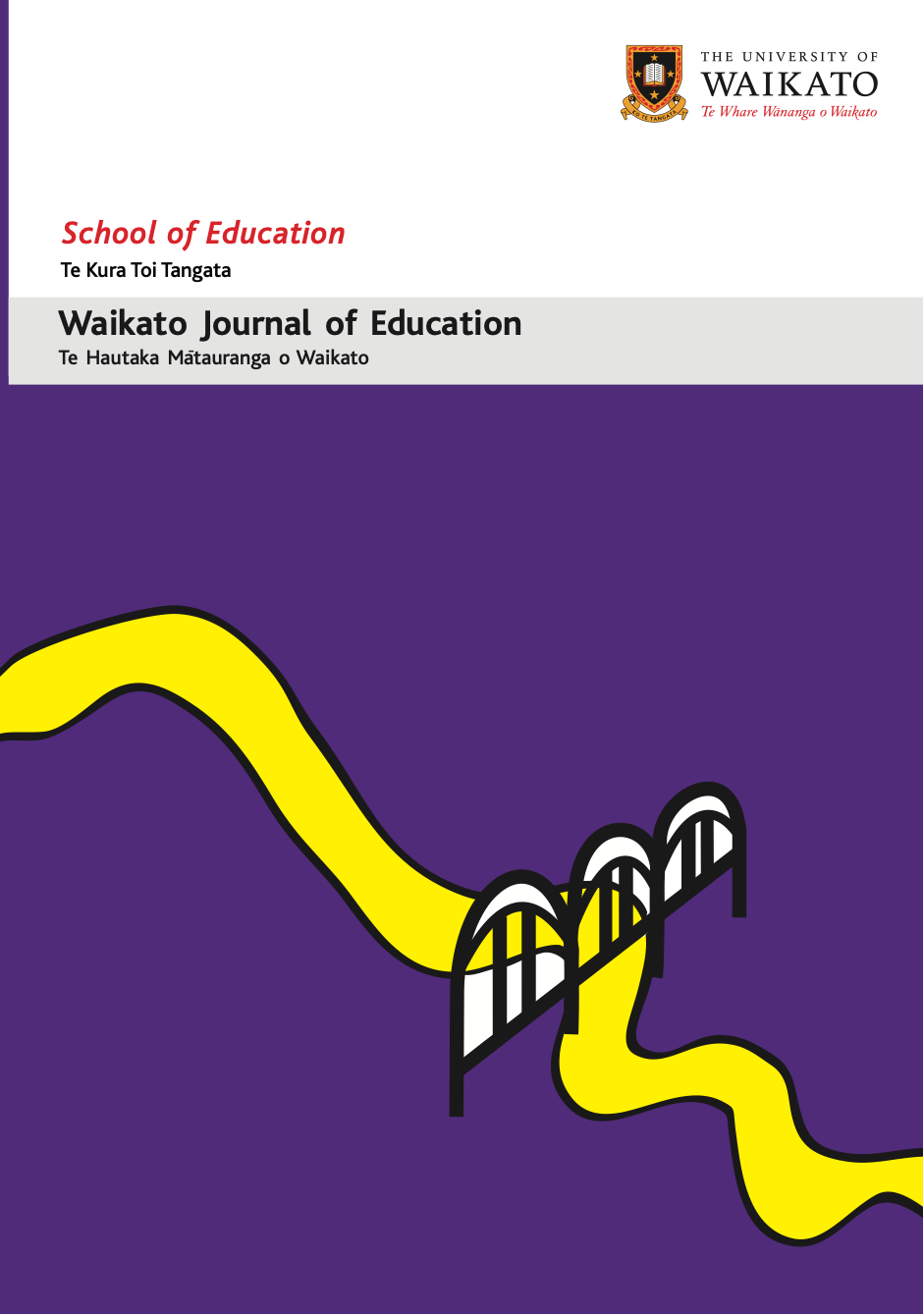Abstract
Following recent increases in the diversity of students, technologies, pedagogies and environments, New Zealand classrooms are sites of growing complexity. Tasked with covering a broad range of disciplines within each school day, opportunities for subject integration are of increasing value to busy teachers. Developing upon a previous piece of research (Coleman & Davies, 2018), this project sought to gain student engagement in mathematics through a dramatic framework. A key factor in developing adaptable, responsive and capable learners, creativity is an area of intense educational interest and yet substantial confusion (Jefferson & Anderson, 2017). Focusing upon the activation of students’ creative capacities through drama, this project offers suggestions for future praxis and the development of classrooms that invite creativity.
We began by establishing a fictional pre-text closely related to their earlier studies of insects. Recruited to assist Professor Lee—a flea circus owner, with the redesign of her circus, this pretext deliberately offered opportunities for mathematics integration. When planning we predicted the need for students to engage with numbers and measurement, yet remained responsive to opportunities arising from the drama or instigated by the students themselves. Over the five drama-maths sessions, we collaborated with students both in and out of role, to design, plan and prepare a new cockroach circus extravaganza. We generated data for the research through reflective journal entries, student work, drama based research and focus groups. Our findings indicate an enthusiasm for the use of drama to engage students and make mathematics meaningful and highlight the vital elements for collaboration and creativity. Three distinct elements appear crucial to engaging in an effective drama-maths unit: a sense of unity in pursuing a common goal, the value of the affective and embodied elements associated with drama, and cultivation of skills for collaboration. While this project bolsters existing rhetoric surrounding STEAM integration, it advocates for further development around existing notions of collaboration for 21st century learning.

This work is licensed under a Creative Commons Attribution-NonCommercial-ShareAlike 4.0 International License.
Authors retain copyright of their publications.

